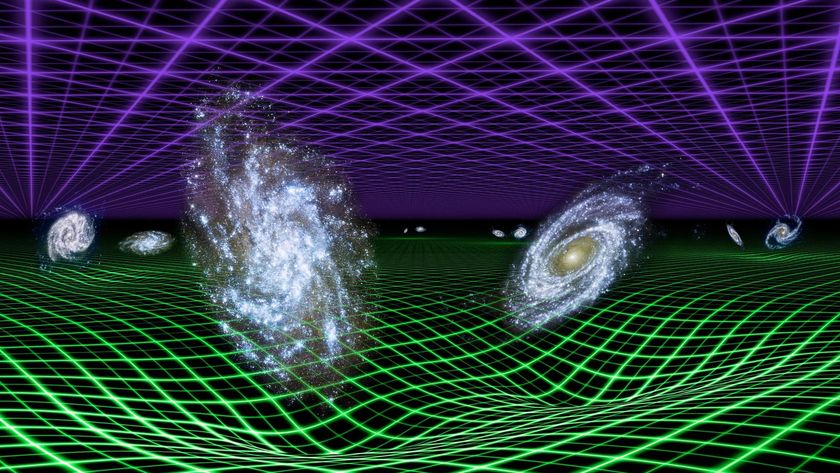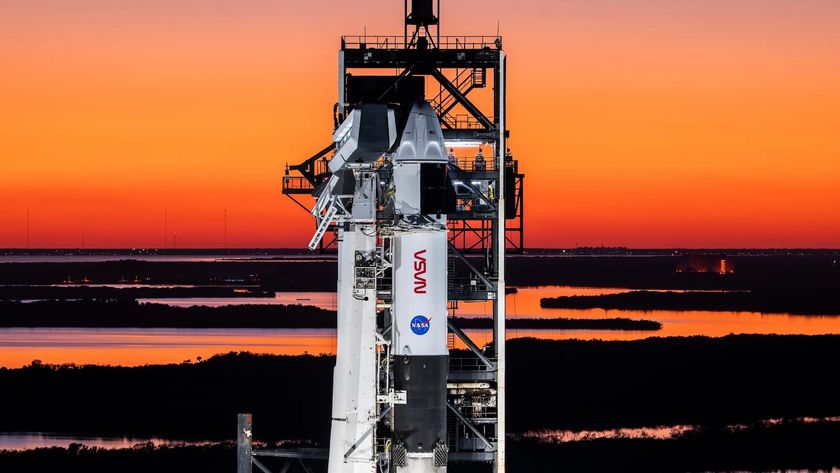More Mysterious Craters Found in Siberia

Last summer, the discovery of several new giant craters in Siberia drew worldwide interest, launching wild speculation that meteorites, or even aliens, caused the gaping crevasses. And now, scientists have found even more of them.
In July 2014, reindeer herders discovered a 260-feet-wide (80 meters) crater in northern Russia's Yamal Peninsula. Later that month, two more craters were discovered in the Tazovsky district and Taymyr Peninsula (also spelled Taimyr), respectively.
Now, satellite images have revealed at least four more craters, and at least one is surrounded by as many as 20 mini craters, The Siberian Times reported. [See Photos of Siberia's Mysterious Craters]
"We know now of seven craters in the Arctic area," Vasily Bogoyavlensky, a scientist at the Moscow-based Oil and Gas Research Institute, told The Siberian Times. "Five are directly on the Yamal Peninsula, one in Yamal autonomous district, and one is on the north of the Krasnoyarsk region, near the Taimyr Peninsula."
Now, two of the craters have turned into lakes, satellite images reveal. A crater called B2, located 6.2 miles (10 kilometers) south of Bovanenkovo, a major gas field in the Yamalo-Nenets autonomous district, is now a large lake ringed by more than 20 smaller water-filled craters.
But Bogoyavlensky thinks there may be many more. He called for further investigation of the craters, out of safety concerns for the region. "We must research this phenomenon urgently, to prevent possible disasters," he said.

Trapped gases
Sign up for the Live Science daily newsletter now
Get the world’s most fascinating discoveries delivered straight to your inbox.
Although the origin of these craters remains somewhat mysterious, many scientists think they were created by explosions of high-pressure gas released from melting permafrost, or frozen soil, due to the warming of the climate.
"In my opinion, it definitely relates to warming and permafrost," said Vladimir Romanovsky,a geophysicist who studies permafrost at the University of Alaska Fairbanks.
Romanovskythinks he knows how this occurs: Pressurized gas — mostly methane, but possibly carbon dioxide as well — exists beneath the permafrost. Since warming temperatures thaw the permafrost from the bottom up, an underground cavity forms, Romanovsky said. As the gas gets close to the surface, it deforms the ground above, creating a small hill. Finally, the pressurized gas erupts through the surface, forming a crater, he said.
In November 2014, scientists went on an expedition to study the Yamal crater, snapping some stunning photos. Vladimir Pushkarev, director of the Russian Centre of Arctic Exploration, actually climbed down into the crater on a rope to observe it from the inside.
"You can see from the photographs a very different structure," where most of the hole is caved in, but only the upper 16 to 23 feet (5 to 7 m) looks like a crater, Romanovsky told Live Science. "Only the upper several meters [of ground] was thrown away, but most of the hole was actually there before the eruption."
Dangerous explosions
The erupting methane may have even caught fire. Residents near the crater in the town of Antipayuta reported seeing a bright flash in the distance, according to The Siberian Times.
"Probably the gas ignited," Bogoyavlensky told The Siberian Times. Investigating the craters will be dangerous, because scientists don't know when the gas emissions will occur, he added.
How the methane would have caught fire is somewhat of a mystery, Romanovsky said. "It seems like it happened during wintertime, so there should be no thunderstorms, no lightning," he said. He thinks the methane probably erupted without igniting, just due to high pressure.
These craters should only form when the temperature is warm enough to melt the permafrost. "If the warming continues, we will see more and more of this phenomenon," Romanovsky said. It could happen anywhere there are enough sources of natural gas, including parts of Alaska and northwestern Canada, he added.
Follow Tanya Lewis on Twitter. Follow us @livescience, Facebook & Google+. Original article on Live Science.










